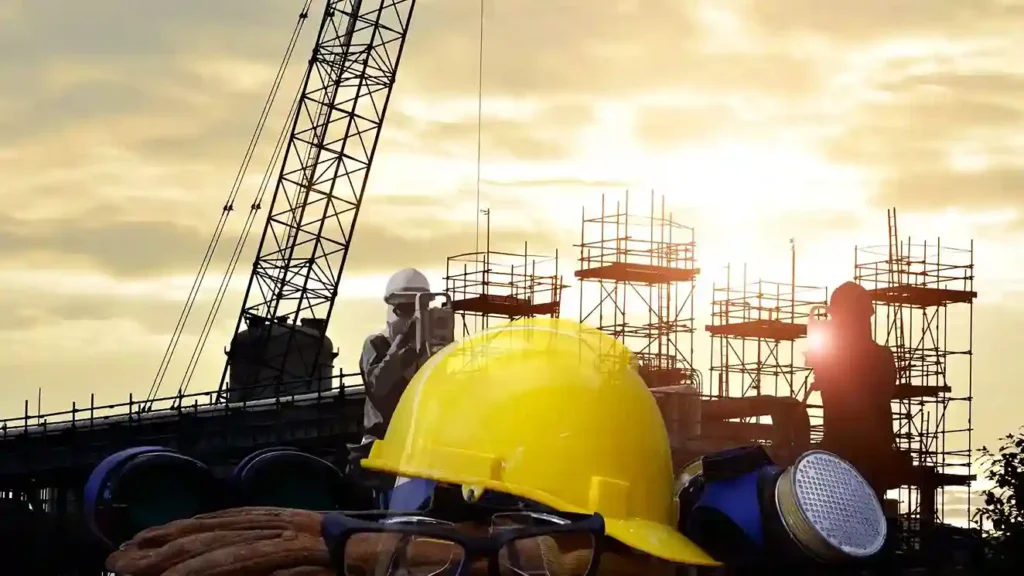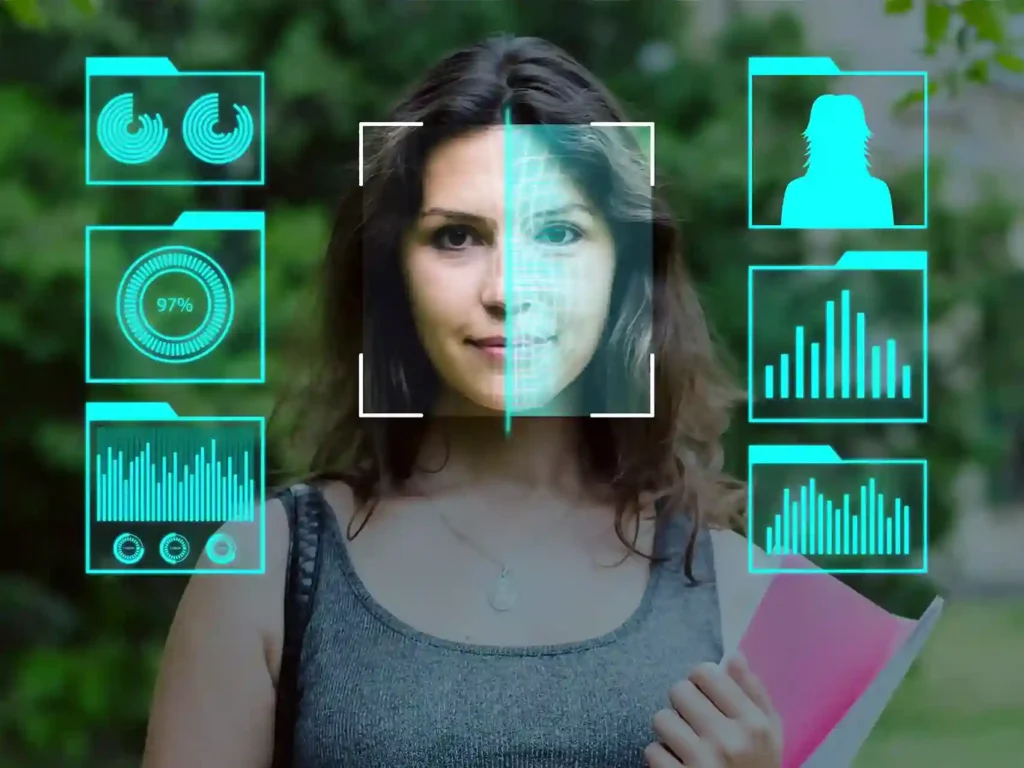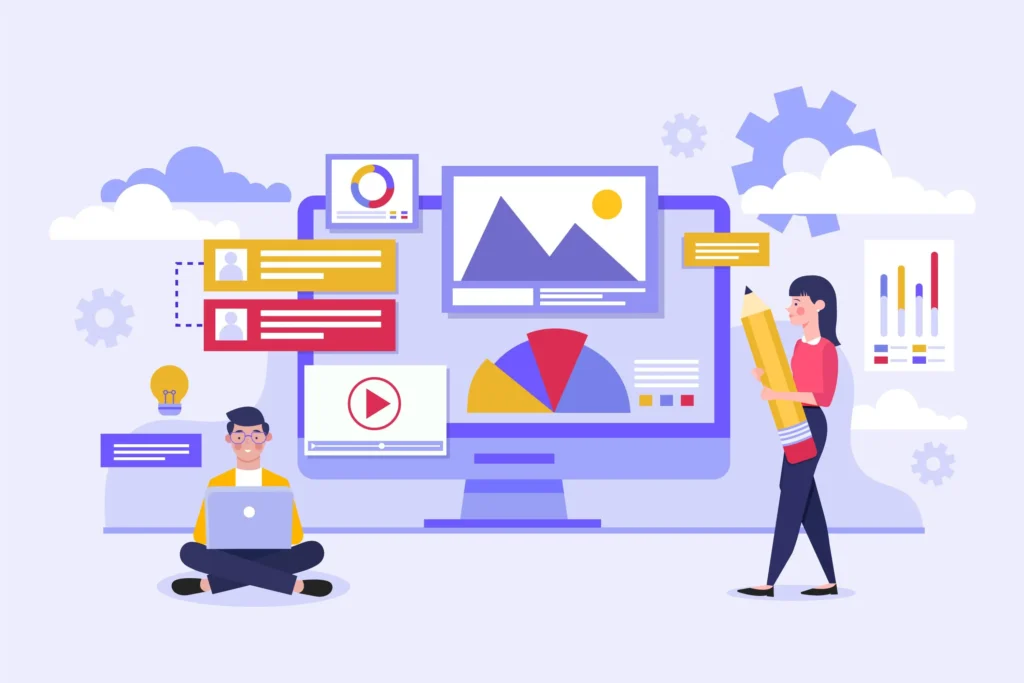Introduction
Workplace safety has always been a top priority for businesses worldwide. However, with the increasing complexity of industrial environments, ensuring a safe workspace has become more challenging than ever. Enter AI-powered OSH detection, a game-changer in workplace safety. By leveraging artificial intelligence, machine learning, and smart sensors, businesses can now predict, prevent, and mitigate workplace hazards in real time.
Understanding AI-Powered OSH Detection
What is AI-Powered OSH Detection?
AI-powered OSH detection refers to the use of artificial intelligence, machine learning, and smart technologies to identify and prevent workplace hazards. These systems analyze vast amounts of data from cameras, sensors, and historical incident reports to detect potential risks before they lead to accidents.
How AI Enhances Traditional Safety Protocols
Traditional safety measures rely on manual inspections, employee training, and compliance checklists. AI enhances these methods by providing real-time insights, automated monitoring, and predictive analytics, reducing human intervention while increasing efficiency.
Key Technologies Behind AI-Powered OSH
Machine Learning and Predictive Analytics
Machine learning algorithms analyze historical safety data to predict potential risks and accident-prone zones, enabling businesses to take proactive measures.
Computer Vision for Hazard Detection
AI-driven cameras can detect unsafe behaviors, improper use of PPE, or hazardous conditions in real time, sending instant alerts to safety managers.
IoT and Smart Sensors
Wearable IOT devices and smart sensors monitor air quality, temperature, noise levels, and other environmental factors to detect potential hazards.
Natural Language Processing (NLP) for Safety Compliance
NLP helps businesses analyze reports, emails, and compliance documents to identify trends in workplace safety violations.
How AI Identifies Workplace Hazards
Real-Time Hazard Detection Through Computer Vision
Cameras powered by AI can spot oil spills, fire hazards, or non-compliance with PPE rules, sending alerts to supervisors immediately.
Predictive Analytics for Accident Prevention
By analyzing past incidents, AI can predict which areas or activities are more likely to lead to accidents, allowing businesses to mitigate risks proactively.
Monitoring Employee Behavior for Safety Compliance
AI-powered wearables can track fatigue levels, heart rate, and movement patterns to ensure employees are fit for work.
Benefits of AI in Workplace Safety
Reducing Human Error
AI minimizes human error by providing accurate, real-time insights, reducing the chances of oversight.
Improving Incident Response Time
Automated AI alerts help safety teams respond to emergencies faster, potentially saving lives.
Enhancing Compliance with Safety Regulations
AI ensures businesses comply with safety standards by continuously monitoring and reporting violations.
Cost Savings and Increased Productivity
Fewer accidents mean lower insurance costs, reduced downtime, and higher employee morale.
Use Cases of AI-Powered OSH in Action
AI-Powered Surveillance for PPE Detection
AI-powered cameras monitor employees to ensure they wear safety helmets, gloves, and vests at all times.
Smart Sensors for Gas and Fire Hazard Detection
AI-integrated sensors detect leaks, toxic fumes, or fire hazards, preventing catastrophic incidents.
AI-Assisted Ergonomic Assessments
AI evaluates workplace ergonomics, reducing repetitive strain injuries by recommending safer work postures.
AI-Driven Predictive Maintenance for Equipment Safety
AI predicts machine failures and malfunctions, ensuring proactive maintenance to prevent workplace accidents.
Challenges of Implementing AI in Workplace Safety
Data Privacy Concerns
AI requires collecting employee data, raising privacy and ethical concerns.
Initial Implementation Costs
High setup costs can be a barrier for small businesses.
Training Employees to Work with AI
Organizations need to train employees to interact with AI-driven systems effectively.
The Future of AI in Occupational Safety
Advancements in AI-Driven Safety Solutions
AI continues to evolve, with better accuracy, faster response times, and greater adaptability.
Integration with AR and VR
Augmented and virtual reality training powered by AI will enhance safety drills and employee preparedness.
Evolving Regulations and Standards for AI in Safety
Governments are expected to introduce new laws to ensure responsible AI use in workplace safety.
Conclusion
AI-powered OSH detection is transforming workplace safety, making it smarter and more efficient. By leveraging AI, businesses can prevent accidents, reduce costs, and ensure compliance with safety regulations. As AI technology advances, workplace safety will continue to improve, creating a safer environment for all.
Trident VIS empowers industries like retail, manufacturing, healthcare, and smart city infrastructure with AI-Powered advanced video analytics solutions designed to meet their specific needs. Transform your safety, security, and operational efficiency with Vision Intelligence Systems. For more insights, follow our LinkedIn page and stay updated on the latest innovations!
FAQs
- How does AI improve workplace safety?
AI analyzes data to detect hazards, predict risks, and provide real-time safety alerts. - What industries benefit most from AI-powered OSH detection?
Manufacturing, construction, oil & gas, and healthcare sectors benefit significantly. - Are AI safety solutions expensive to implement?
While the initial cost is high, long-term savings in accident prevention outweigh the expenses. - Can AI completely replace human safety officers?
No, AI assists safety officers but cannot replace human judgment and decision-making. - What are the risks of using AI in workplace safety?
Data privacy, technical failures, and over-reliance on AI are key concerns.



